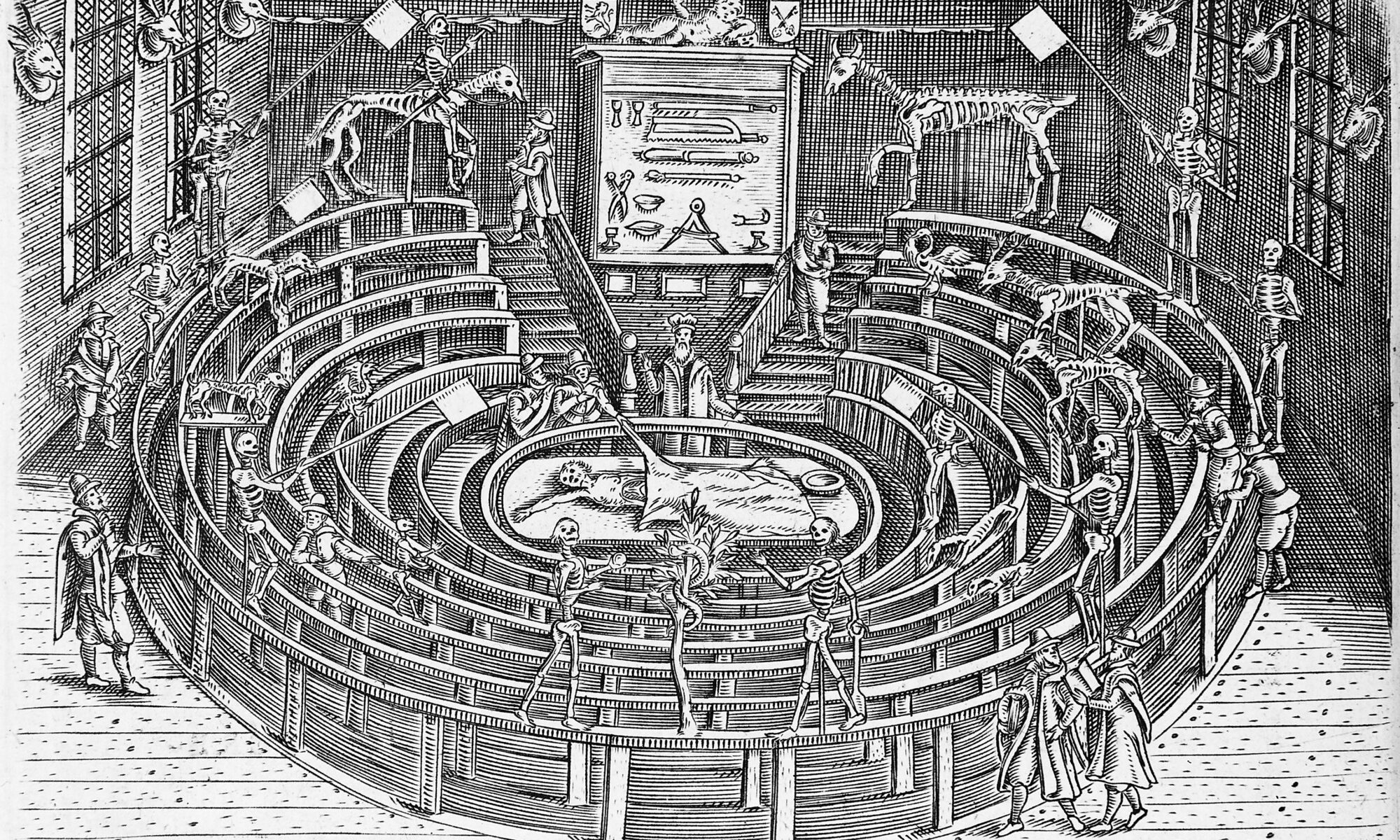
Giorgio Vasari, author of “The Lives of the Most Famous Painters” wrote: “[Pollaioulo] dissected many corpses to see the internal structure of the body. He was the first to show muscles according to the shape and layout of the figures. ”. At the beginning of the second half of the 15th century, artists were just beginning to be interested in the structure of the human body, and Antonio Pollaiuolo, a Florentine painter and sculptor, is today considered a precursor of such methodology. Soon after him, other artists began to carry out autopsies, including Michelangelo and Leonardo da Vinci. His most famous engraving entitled “Naked Men Fight” has an eminently classicising style. To this day, the subject of the depicted scene has not been fully explained. The most frequently mentioned hypotheses include references to mythology , stories from the times of ancient Rome, athletic competitions with the participation of gladiators, aimed at celebrating the death of an outstanding individual. The characters presented in the graphics are captured in various poses and angles. As a result, their muscles are tense and exaggerated. Such a presentation, achieved with the help of the so-called the return strokes that can be obtained in pen and ink drawings made it possible to demonstrate the artist’s great knowledge of the anatomy and movement of the human body. The engraving could therefore also serve as a didactic aid for other artists.

